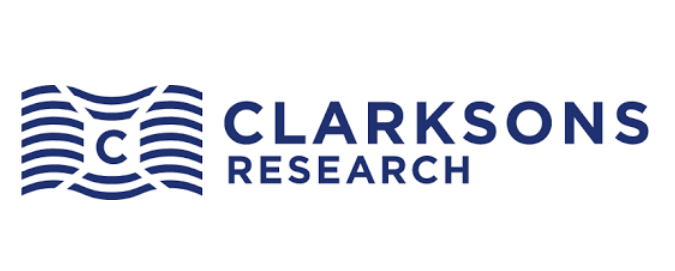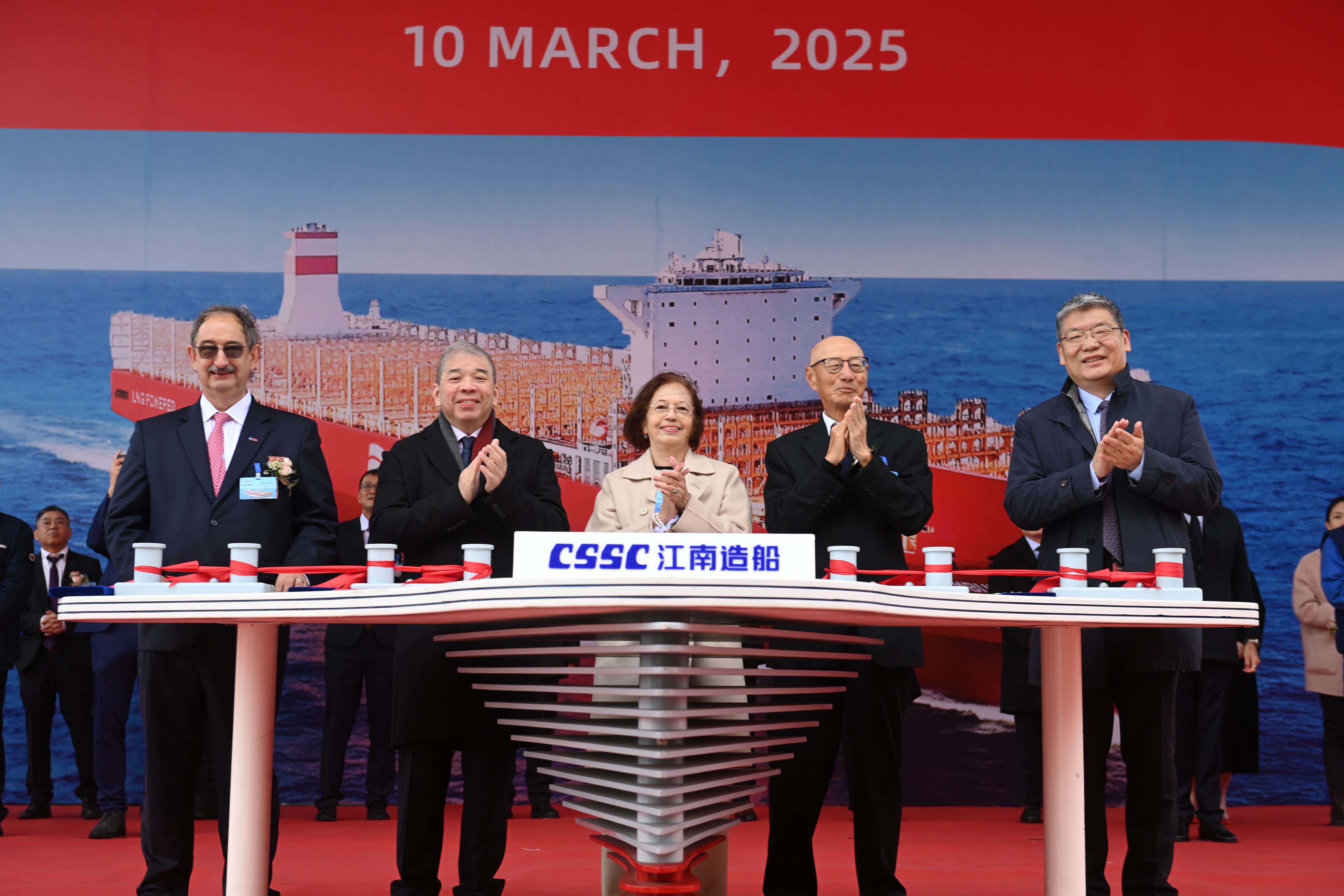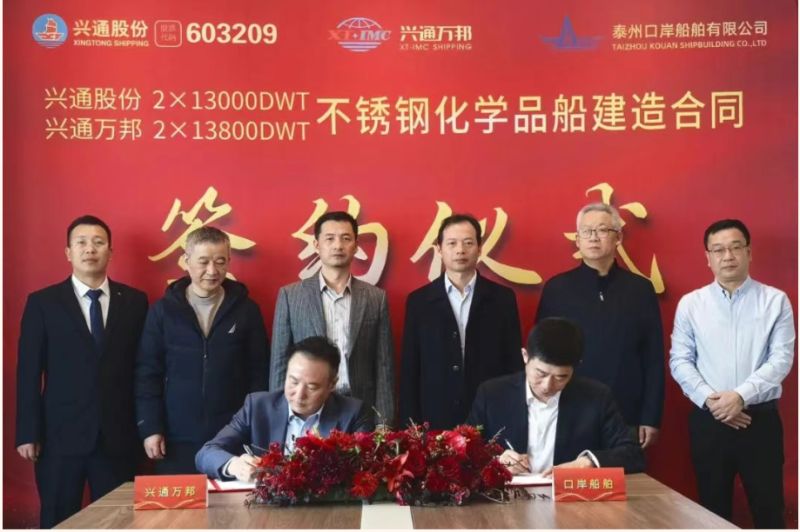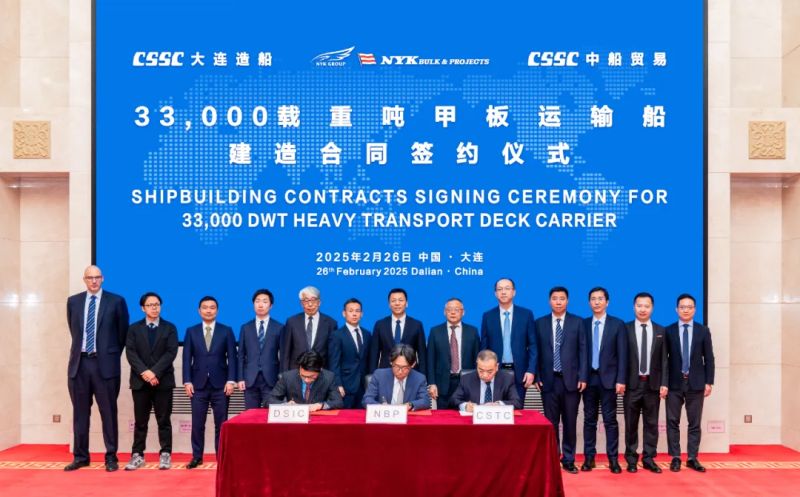
While global newbuild order volumes fell (20% y-o-y in CGT terms), 2022 was still an active year for the global shipbuilding industry with higher pricing (up 15% on average), more complex ships or- dered (e.g. a record 182 LNG orders of $39bn) and alternative fuel investment increasing (a record 61% of tonnage ordered) all supporting a 6% increase in value of orders to $124.3bn.
Step On The Gas
Ordering in 2022 was dominated by LNG (record 182 vessels, 36% CGT), con- tainer (350 vessels, 29% CGT: down 50% y-o-y but still the third largest on record basis TEU) and Car Carrier (69 vessels, 2.4 CGT). FPSO and “wind” niches also did well. Despite improving charter mar- kets, tanker orders fell 64% while bulkers dropped 54%. Increased tanker orders seem likely for 2023, along with a contin- ued flow of LNG.
Regional Market Share
China (49%) and South Korea (38%) took the “lions share” of orders and Japa- nese orders fell by nearly 50% (but watch for late reporting). Overall ship- building output fell by 8% (China 47% of output, S. Korea 25%, Japan 16%). Euro- pean output has stabilised (at 2.5m CGT and 8% of global market share helped by Cruise deliveries). We are projecting that output will start to tick up (by ~6% in 2023), become increasing dominated by container and LNG (41% of 2023 scheduled deliveries, rising to 58% in 2024) and that South Korean output share will tick upwards. From an owner perspective, China ($18.4bn), Japan ($15.1bn) and Italy ($11bn) contributed 36% of investment but Greek owners “kept their powder dry” (“only” $8.5 bn).
With only 131 “large” active yards (2009: 320), we estimate shipbuilding capacity is ~40% lower than a decade ago. Our monitoring of individual facilities sug- gests only moderate or marginal ca- pacity increases in the medium term. Shipyard forward orderbook cover has edged up to 3.5 years (from 2.5 years in 2020) and prices increased 5% across
2022 (LNG: 18%) but were 15% higher on average in 2022 compared to 2021.
Fleet Renewal
At the heart of reducing shipping’s 2.3% (855mt) contribution to global CO2 will be an unprecedented fuelling transition and we project increasing underlying fleet renewal requirements as the dec- ade develops (see Shipping & Shipbuild- ing Forecast Forum). The entry into force of IMO “short term measures” (EEXI, CII) is a hugely significant milestone in ship- ping’s decarbonisation pathway (as will the EU’s ETS be in 2024) and is a market “wildcard”. Across 2022, 61% of tonnage ordered (35% by number) was alterna- tive fuelled (World Fleet Register). Over half of tonnage ordered (397 orders, 36.7m GT) was LNG dual fuel, 7.0% was methanol (43 orders, 5.0m GT), 1.1% LPG (17 orders, 0.8m GT) and 1.2% included battery hybrid. 10.8% of orders were ammonia “ready" (90 orders, 7.7m GT), 1.4% of orders were LNG “ready" (31 orders), 0.1% were hydrogen “ready" and 22 orders were methanol “ready”.
Although long term trends point to in- creasing fleet renewal (besides emis- sions reduction, fleet age is increasing), 2023 will have its marketing challenges for yards: macro-economic risk is materi- al and may weigh on investor senti- ment, alternative fuel choices remains tricky and newbuild prices and berth availability are a hurdle for some own- ers. But there are “mitigating” factors for shipping and the product mix is likely to change: the container market will be weaker (although don’t rule out orders, possibly in feeders) but tankers and bulkers have historically low orderbooks (4% and 6% of fleet). Along with curren- cy and inflation (perhaps some easing), yards will need to be as agile as ever.
Source: Clarksons Research
The opinions expressed herein are the author's and not necessarily those of The Xinde Marine News.
Please Contact Us at:
media@xindemarine.com


 World’s Largest Pulp Carrier Delivered 213 Days
World’s Largest Pulp Carrier Delivered 213 Days  Danelec Expands High-Frequency Data Installed-Base
Danelec Expands High-Frequency Data Installed-Base  World’s Largest LNG Dual-Fuel Container Ship Triu
World’s Largest LNG Dual-Fuel Container Ship Triu  PIL advances fleet renewal with the naming of its f
PIL advances fleet renewal with the naming of its f  Xing Tong Shipping Orders four 13,000 DWT stainless
Xing Tong Shipping Orders four 13,000 DWT stainless  Breaking New Ground in Maritime Excellence: DSIC &a
Breaking New Ground in Maritime Excellence: DSIC &a